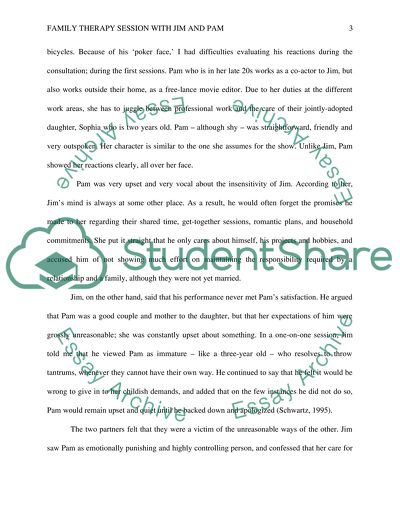Cite this document
(“Family Therapy Essay Example | Topics and Well Written Essays - 2000 words”, n.d.)
Retrieved from https://studentshare.org/psychology/1458543-family-therapy
Retrieved from https://studentshare.org/psychology/1458543-family-therapy
(Family Therapy Essay Example | Topics and Well Written Essays - 2000 Words)
https://studentshare.org/psychology/1458543-family-therapy.
https://studentshare.org/psychology/1458543-family-therapy.
“Family Therapy Essay Example | Topics and Well Written Essays - 2000 Words”, n.d. https://studentshare.org/psychology/1458543-family-therapy.


